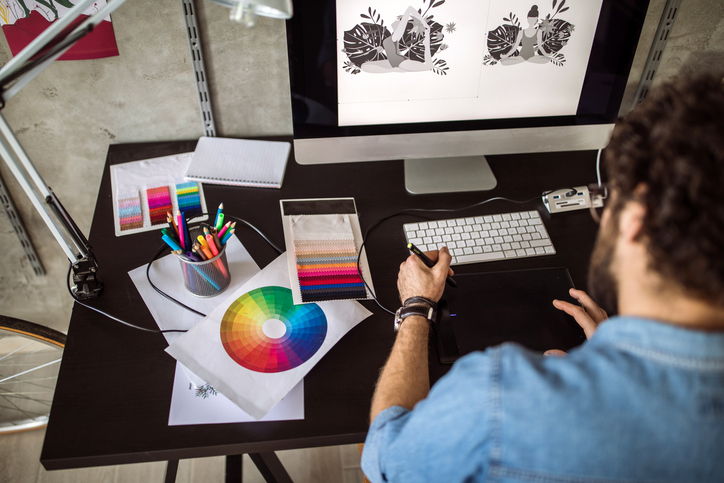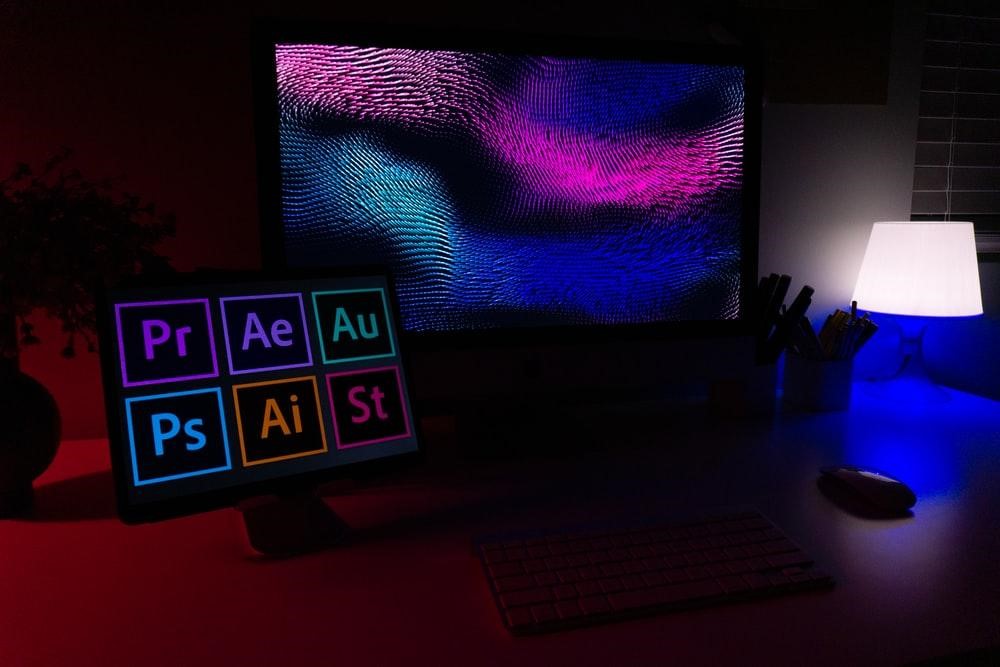
It is no secret that the world is almost entirely virtual today. More than ever, most brands, businesses, and organizations have a deeply rooted internet presence. E-commerce websites allow people to shop for things, pay utility bills, and do various other things from the comfort of their homes.
As of April 2022, five billion people worldwide have access to the internet, making up 63% of the global population. As a result, having your brand prominently displayed on the internet will increase its visibility.
It takes a lot of effort to make your brand’s website stand out from the competition, and there are many ways to do it, including graphic design. You’ll also need to ensure that your website is well optimized for search engines (SEO); otherwise, it won’t attract visitors. It is here that SEO and graphic design are connected.
In this article, we’ll look at SEO and graphic design and how both can help you increase traffic and engagement on your website.
5 Crucial SEO Tips for Graphic Designers

Here are some basic SEO-related suggestions you can use to design and create user-friendly graphics. As a graphic designer, you should keep these 5 SEO tips in mind. Let’s begin!
1. Don’t Try to Beat the Algorithm
Designers often make the mistake of trying to cheat their way past SEO algorithms. It is as if they are unaware that Google employs capable professionals — experts in ensuring that its SEO algorithms are not abused.
Try not to take shortcuts. It won’t get you anywhere.
Writing excellent copy and designing quality websites should be your primary focus. Doing this genuinely and authentically won’t take long for your site to rank well. You will unlikely achieve anything by attempting to cheat a well-established system.
2. Design with Humans in Mind
Although SEO is based on algorithms, your audience does not consist of robots (not for the time being, at least). Following up on the previous tip, people often obsess over algorithms when designing their websites, forgetting to include humans in the picture.
When we say “include humans in the picture,” we don’t literally mean that you need to draw a person on each page of your website but put your customers, not bots, first.
It is essential to customize the site’s graphics to meet visitors’ needs. One of the most effective ways for graphic designers to contribute to an enhanced user experience is to design the website so that it is easy to navigate. For this, you’ll need a basic understanding of human psychology.
Think of it like this — for a design to be successful, it must meet the expectations of its target audience. This means you should understand the thought patterns of your target audience if you want to make the right impact.
Fortunately, unlike industry trends, human psychology does not change every few months. People have always enjoyed a captivating story, for example. There is, however, a paradigm shift regarding the form. The visual format of stories has become increasingly popular in recent years.
A graphic designer’s job is to figure out their audience’s thought patterns while staying on top of industry trends and styles. In creating SEO graphics, try to connect as much as possible with the mind of the human on the other end of the screen. Then and only then will you be able to achieve what you want.
3. Looks Aren’t Everything
Even though it’s necessary to have a visually appealing site, it’s essential to understand that looks are not everything. Unfortunately, there are tons of unattractive websites owned by successful businesses. This proves that looks aren’t the most important determinant of sales.
The purpose of a website is to introduce visitors to a brand and provide them with relevant information.
In other words, if you’ve got to choose between looks and functionality, it’s best to choose the latter since users generally don’t care about the appearance of websites as long as they can access the information they need. So don’t let looks trump everything else.
4. Keep the Content Scannable and Easy to Consume
There are nearly 2 billion websites on the internet right now, with around 175 new ones created every minute. That’s a lot of websites.
In many cases, designers fail to consider that most internet users do not have the time to read all the content on these websites. Again, graphic design plays a crucial role here. The design of your site will determine whether users are willing to spend a few minutes reading its contents. Media like images, animations, and videos can help achieve this goal.
Your brand’s website needs to be scannable if you want visitors to remain engaged for a long time. In simple terms, scanability refers to how easily users can scan through the contents of a site.
A Nielsen-Norman study determined that 79% of users quickly skim each new page they visit. Consider this a “test run” that visitors perform, consciously or not, to determine whether your website is worth their time. This is why scanability is such a crucial indicator of engagement.
You can use this knowledge by designing your website so readers can scan it. There are two widely accepted scannable patterns: the most commonly used F pattern and the Z pattern.
The Z pattern is an eye-scanning pattern best utilized by websites that don’t have a lot of content. In contrast, the F pattern allows the designer to put more “stuff” on the page, which is why most designers prefer this method.
The bottom line is this — users will spend more time on your site if they can quickly scan it. So this simple link between scanability and readability can significantly impact the user experience and get you more traffic in the long run.
5. Make Sure All Media Is Mobile-Friendly
Mobile graphics can make your website stand out with an increasing number of people accessing the web via mobile devices. However, designing for a smaller screen, such as a mobile device, can be challenging because there is little room to communicate your points. In addition, as the screen is small, impressing users is not an easy task.
That said, there are a few trends in mobile-first design that you can use to your advantage, including real photographs, geometric shapes, emotions-infused colours, and high contrast. Of course, it is also desirable to have hand-drawn illustrations and abstract patterns. Keep in mind that some companies prefer using a graph maker whenever they need something to be done quicker.
Perhaps most importantly, you must compress your images as much as possible without ruining their visual appeal to reduce loading times. Also, try to remove any unused JavaScript code and create a clean and straightforward user interface.
PageSpeed Insights, offered by Google, can significantly help in this regard.
Conclusion
For graphic designers to reach their full potential and leave a lasting impression on this digital world, they must ensure that their designs are laced with the right SEO techniques and creativity. However, while trying to achieve all of that, one should also never deviate from the brand’s goal.
Due to the numerous competitors that pop up daily, brands need to optimize their websites to appear in relevant search results more than ever. The tips outlined above should help you on this quest. Good luck, and may the algorithm bless you!





